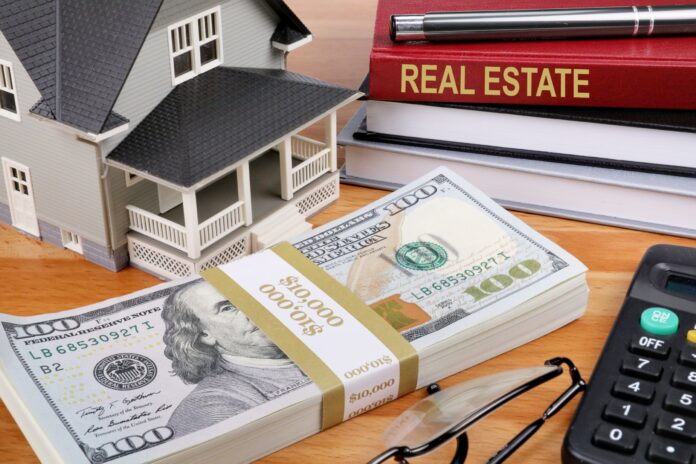- SUMMARY
The real estate market is facing a potential crisis, with the commercial sector likely taking the hardest hit.
Over $1 trillion in losses are estimated as loans become due, mirroring the severity of the 2008 crisis.
The rise of remote work has reduced the demand for office space, leading to high vacancy rates in Texas cities like Houston, Dallas, and Austin.
Despite the oversupply, development has continued, resulting in a disconnect between supply and demand.
Foreclosures on commercial properties in Texas have doubled in the past year, with a 143% increase in January 2024 alone.
Small and medium-sized banks, which hold significant commercial real estate debt, are facing financial risks as property owners default on their loans.
Low interest rates and boom times in 2020 encouraged businesses to take on commercial loans with favorable terms that are now becoming more challenging to refinance.
As interest rates rise, owners may face difficulty paying their mortgages.
The decline in demand for office space has led to a rise in mixed-use developments, where commercial buildings are converted into residential or data centers.
This could potentially alleviate the supply-demand imbalance in residential real estate.
For renters, there is no immediate concern of being displaced, as laws protect tenants in the event of foreclosure.
However, the conversion of office buildings could create additional rental units in city centers.
For investors, opportunities may arise as commercial properties are foreclosed upon and sold at discounted prices.
Однако, it’s important to consider how remote work will affect urban planning and the construction of commercial spaces in smaller cities.
The impact on residential real estate is likely to be indirect, but the crisis could potentially affect banks holding commercial debt.
Developers may seize this opportunity to acquire properties at low prices and convert office buildings into residential units.
- Key Takeaways
The commercial sector is facing a significant crisis with over $1 trillion in losses estimated as loans become due.
This mirrors the severity of the 2008 crisis, highlighting the potential impact on the overall economy.
The rise of remote work has led to high vacancy rates in office space, creating a disconnect between supply and demand.
Despite the oversupply, development has continued, resulting in an imbalance between the needs of the market and the availability of commercial properties.
Small and medium-sized banks face financial risks due to increased foreclosures on commercial properties.
Property owners defaulting on their loans, combined with higher interest rates, making it more challenging to refinance, could lead to potential losses for these banks.


